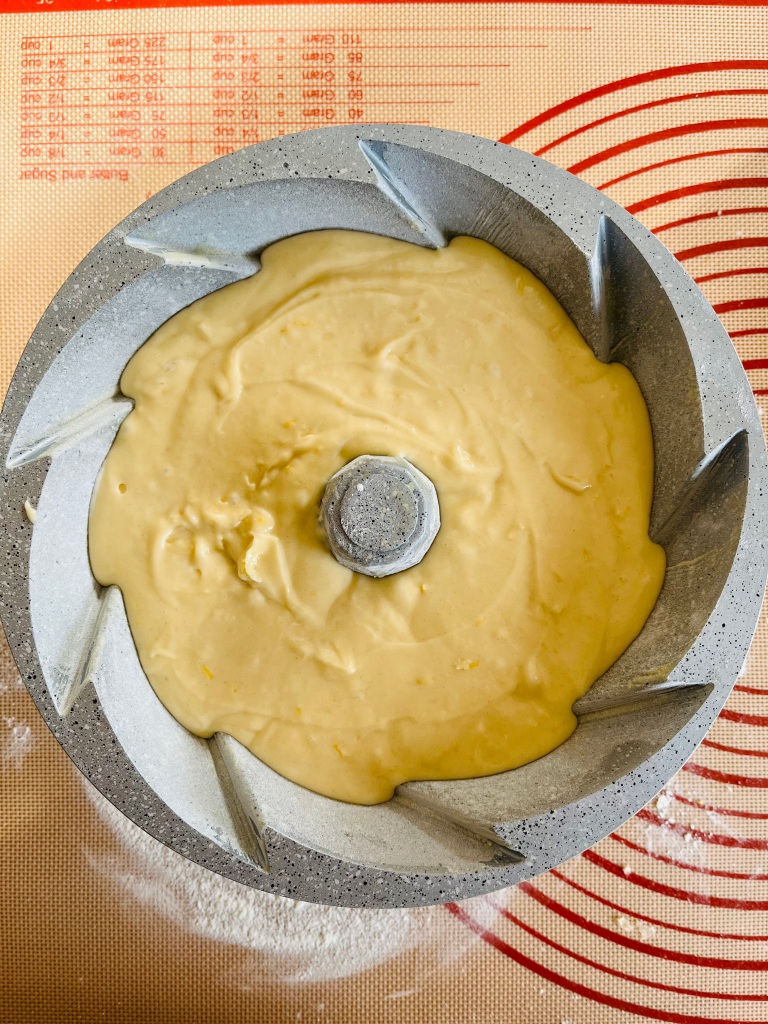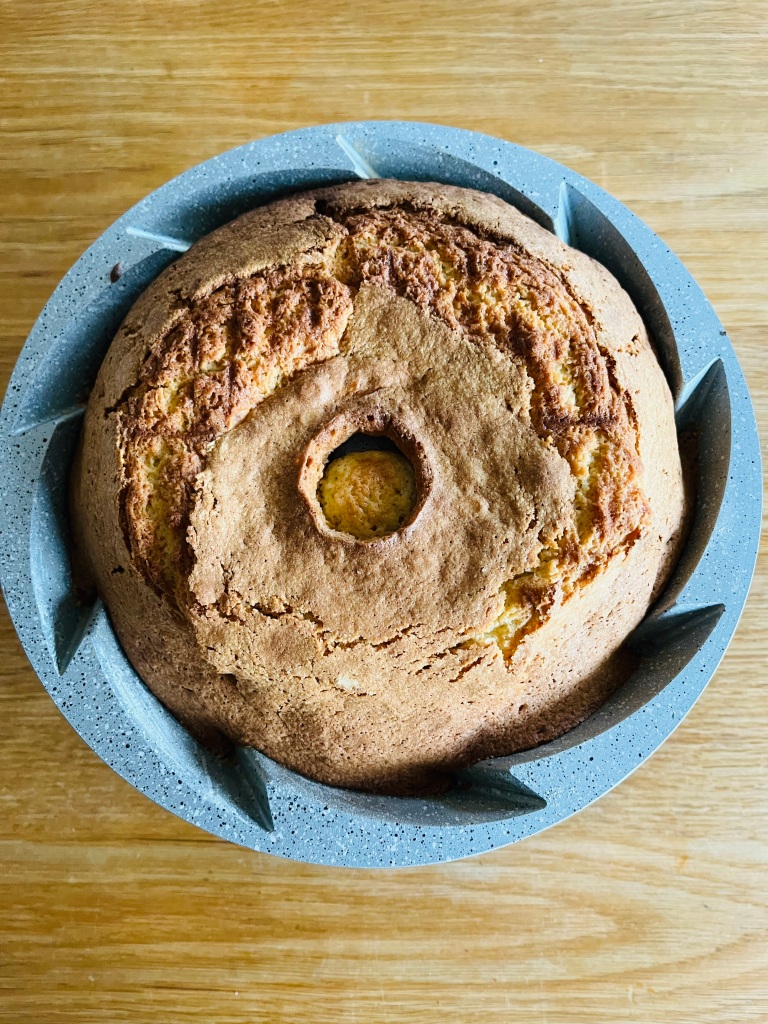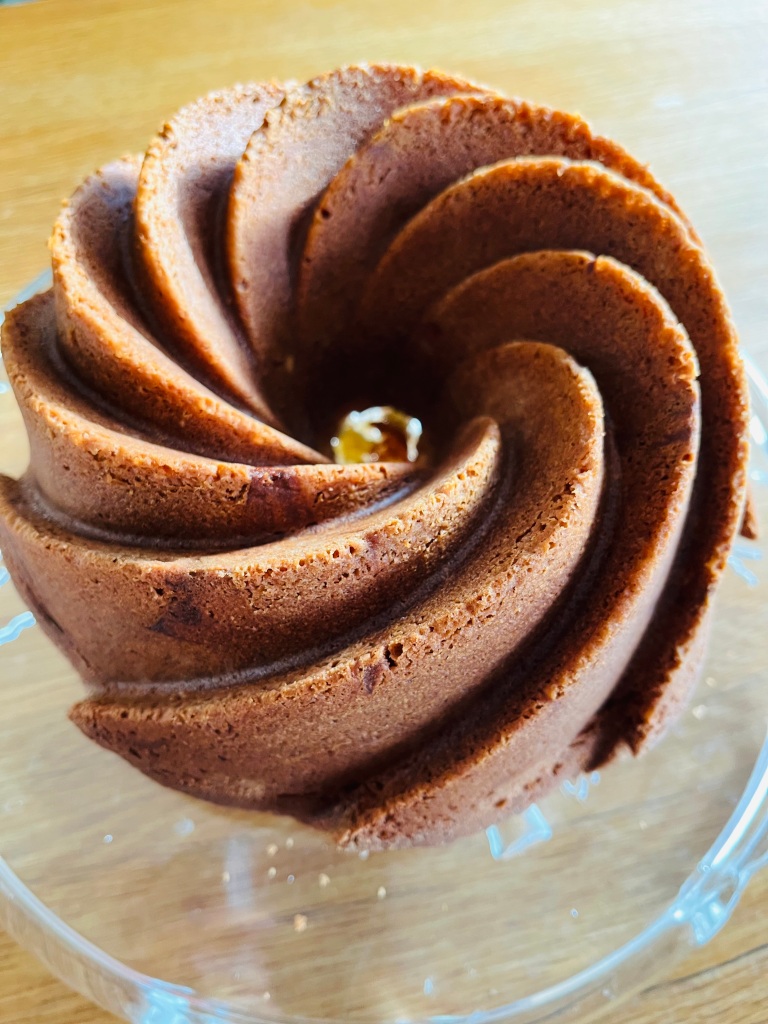I couldn’t resist buying my first strawberries of the year – just the thing for la tarte aux fruits / fruit tart. I made a sweet shortcrust pastry and lined a shallow metal tin. I pricked the bottom all over with a fork and filled with a frangipane mixture made from butter, caster sugar, eggs, ground almonds and a little rum. I baked for 20 minutes until set and allowed to cool. I filled with strawberries and poured over a glaze made from jam heated with a little water.

















